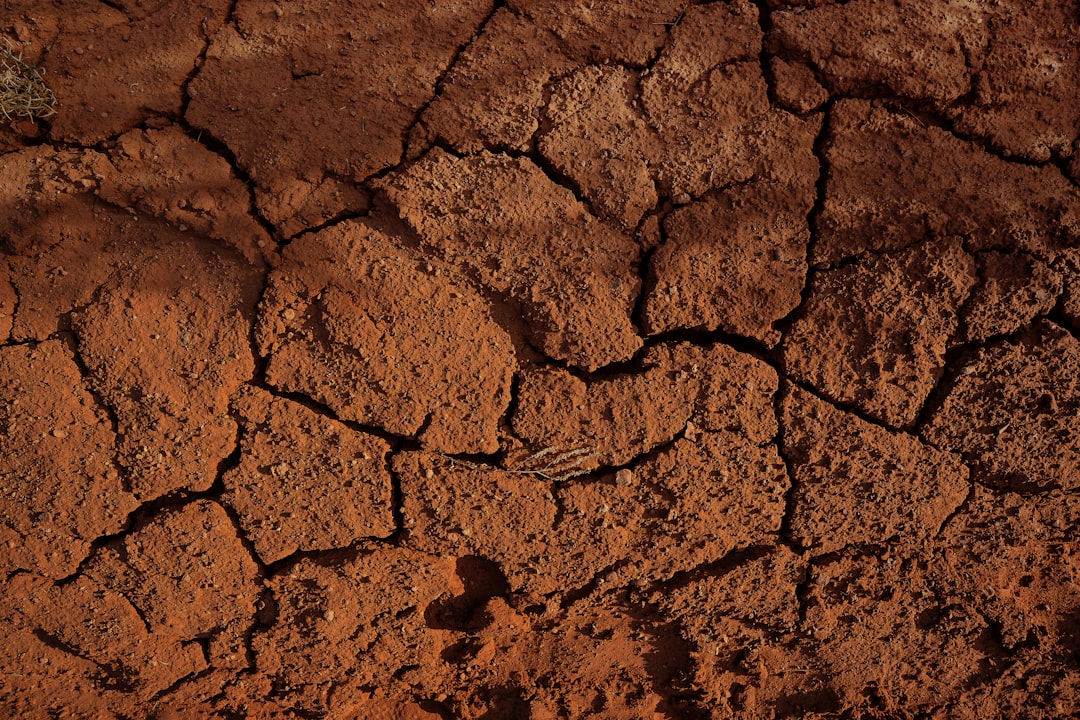What is it about?
* Blending different types of PVDF polymers affects the properties of the resulting membranes, such as their structure, porosity, hydrophobicity, permeability, and mechanical strength. * The overall content of PVDF and the inclusion of PVDF copolymer increase the porosity of the membranes, which can impact their performance in various applications. * The addition of copolymer can increase or decrease the hydrophobicity of the membranes, depending on the total PVDF content and the presence of mixed solvents. * Increasing the overall content of PVDF in the membranes improves their permeability, and the use of mixed solvents further enhances this property. * Characterizing the structure and mass transport properties of membranes is essential to determine their suitability for specific separation processes. * The thickness of the membranes also plays a role in their performance, with thinner membranes allowing for higher permeate flux but potentially sacrificing mechanical properties. Overall, this study provides insights into how different factors, such as polymer concentration and blend composition, influence the properties of PVDF membranes, which can be valuable for designing membranes for various applications.
Featured Image

Photo by RephiLe water on Unsplash
Why is it important?
* The study investigates the influence of polymer concentration and blend composition on the properties of PVDF membranes, providing valuable insights for membrane design and optimization. * The research explores the effects of different solvents and fabrication techniques on membrane performance, offering practical knowledge for membrane manufacturing processes. * The study highlights the impact of copolymer content and mixed solvents on the hydrophobicity and permeability of the membranes, which can be crucial for various applications. * The research emphasizes the importance of characterizing membrane structure and mass transport properties to determine their utility in separation processes, contributing to the understanding of membrane functionality. * The investigation of surface roughness and morphology of the membranes provides insights into potential biofouling issues and strategies for reducing fouling in PVDF blended membranes. Overall, this work addresses important aspects of PVDF membrane development, offering valuable findings for membrane design, fabrication, and performance optimization.
Read the Original
This page is a summary of: Assessment of Blend PVDF Membranes, and the Effect of Polymer Concentration and Blend Composition, Membranes, March 2018, MDPI AG,
DOI: 10.3390/membranes8010013.
You can read the full text:
Contributors
The following have contributed to this page










